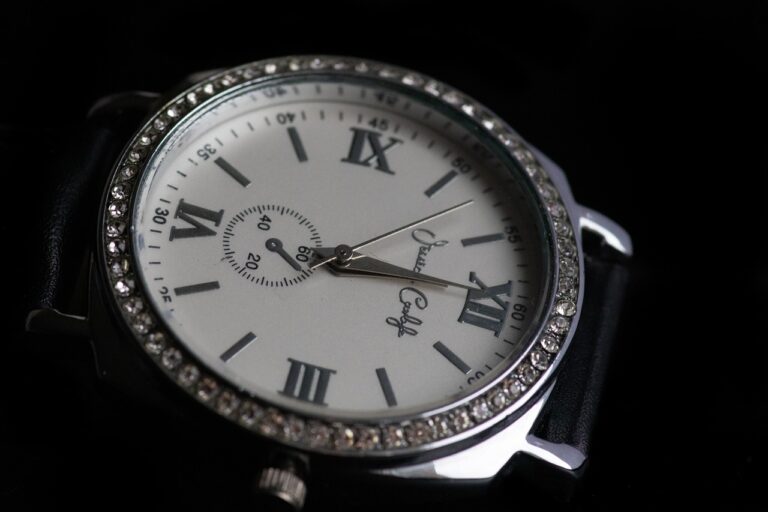The Evolution of Workwear: Balancing Style and Functionality in Professional Settings
Workwear has come a long way since the early days of industrial revolution when it was primarily focused on safety and durability. Over the years, workwear has evolved to not only provide functionality and protection but also to reflect style and professionalism in professional settings. Today, employees across various industries are redefining workwear by balancing style and functionality to make a fashion statement while maintaining comfort and practicality.
Historical Overview
The evolution of workwear can be traced back to the late 19th century when it was mainly designed for factory workers, miners, and laborers. Functionality was the primary focus, with garments made from heavy-duty fabrics such as denim and canvas to withstand the rigors of manual labor. As industrialization spread, workwear became standardized, with specific uniforms for different professions.
However, with the rise of white-collar professions in the 20th century, workwear began to shift towards a more formal and professional look. Suits, ties, and dress shoes became the norm in corporate settings, emphasizing professionalism and status. This shift marked the beginning of the trend towards balancing style with functionality in workwear.
Modern Trends
In recent years, the boundaries between workwear and casual wear have blurred, with many professionals opting for more relaxed and comfortable attire in the workplace. The rise of tech companies and startups has played a significant role in shaping the modern workwear landscape, with a focus on creativity and individuality. Casual Fridays have become a common practice in many offices, allowing employees to express themselves through their clothing choices.
Furthermore, the global pandemic has accelerated the shift towards more casual and comfortable workwear, with remote work becoming the new norm for many professionals. As people spend more time working from home, the demand for comfortable yet stylish workwear has increased, leading to the rise of athleisure and loungewear in professional settings.
Key Considerations
When balancing style and functionality in workwear, there are several key considerations to keep in mind:
- Comfort: Workwear should be comfortable and allow for ease of movement, especially for professions that require physical activity.
- Professionalism: While casual attire is becoming more acceptable in many workplaces, maintaining a level of professionalism is still important, depending on the industry and company culture.
- Functionality: Workwear should be practical and suited to the specific job requirements, whether it involves working in an office, on a construction site, or from home.
- Personal Style: Expressing personal style through clothing can boost confidence and productivity, so it’s important to find a balance between individuality and conformity to dress codes.
Future Outlook
The future of workwear is likely to continue evolving as workplaces become more diverse and inclusive. Companies are increasingly focusing on creating a comfortable and inclusive work environment, which includes flexible dress codes that allow employees to feel comfortable and express their individuality.
As sustainability becomes a top priority for many businesses, eco-friendly and ethically made workwear is expected to gain popularity. Brands that prioritize sustainability and offer functional yet stylish workwear options are likely to resonate with modern professionals who value both fashion and social responsibility.
FAQs
Q: How can I balance style and functionality in my workwear?
A: To balance style and functionality, consider incorporating versatile pieces that can be dressed up or down, opting for breathable and comfortable fabrics, and adding personal touches through accessories.
Q: Can I wear athleisure to work?
A: While athleisure has become more accepted in professional settings, it’s important to follow your company’s dress code and ensure that your outfit still looks polished and put-together.
Q: Are there any rules for dressing for a remote work environment?
A: While remote work allows for more flexibility in dress code, it’s still important to dress in a way that puts you in a work mindset and maintains a level of professionalism, even if you’re working from home.
Q: How can I update my workwear wardrobe without breaking the bank?
A: Consider investing in versatile pieces that can be mixed and matched, shopping second-hand or thrifting, and focusing on quality over quantity to build a timeless and functional workwear wardrobe.







